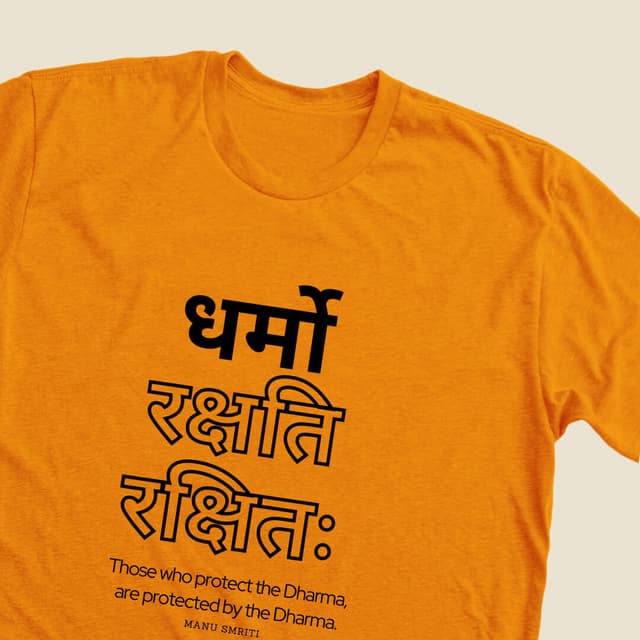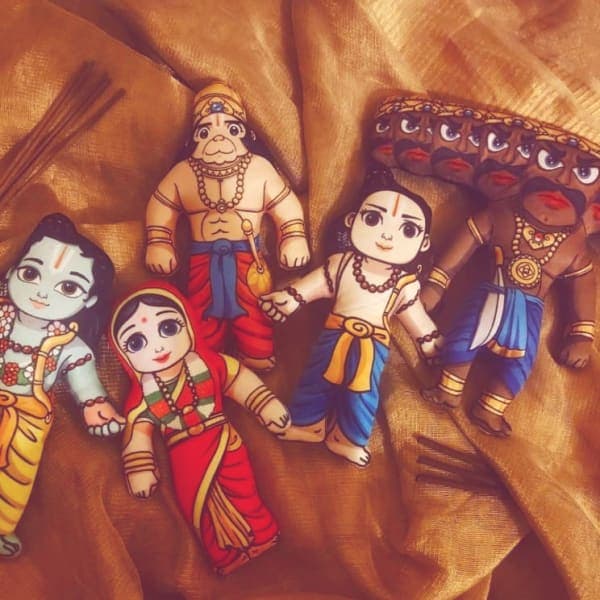The Science Behind Diwali-2023
During my all years of living, I found that our Indian historical documents have the same depth as they hold for religious backgrounds in science. All of our human achievements may appear to be the result of a singular human intellect, yet they are only the by-products of our neurological reactions. Furthermore, using globalization and the Internet as a catalyst, the world has revealed itself to be a tiny place for us to reflect on what it used to be. Understanding nature does not make a person religious or atheistic.
The Science
It frees a person from every label. It also makes an individual nice and intelligent. To this context, I dug down to find the science behind the festival of lights – “Diwali”. In October or November, the light festival is celebrated with great magnificence in the North of Indeed in comparison to the south of India. Diwali or what we generally call the light festival October/November, especially when you look at climate change, is a really strange season.
Its metamorphism, from precipitation to moisture and from cooling at night, exposes you to many types of viruses and illnesses. Because of the perfect weather, which is driven by low and humid temperatures, begins to propagate the bacteria. These bacterial populations are killed by an ignited oil lamp and chemicals from the flame. When you light up hundreds of diyas, the impact is magnified by many thousands.
The Significance Of The Five Days Of Diwali
The victory of Good over Evil is celebrated. Good is light and bad is darkness. It is the most famous festival of Hindu’s. They celebrate it for four days.
- Dhanteras – Diwali starts with the first day of devotion or adoration of riches known as “Dhanteras.” On that day, Goddess Lakshmi is worshipped and anything beautiful can be bought. People clean their houses and beautify them.
- Naraka Chaturdahsi – Naraka or Choti Diwali is the second day. People wake up early and use fragrant oils before they take a bath. All sins and impurities are to be removed. They wear fresh clothing and give Puja and enjoy lighting diyas.
- Lakshmi Puja – The third day is the most important celebration for Diwali. On this day, Lakshmi Puja will take place. It’s believed that Goddess Lakshmi enters into houses and blesses good luck. The home is surrounded by little oil diyas, candles and electrical lights. Families exchange presents and collects themselves for crackers to explode.
- Govardhan Puja Or Padva – Govardhan Puja and Padva is the fourth day. It marks the day when Lord Krishna overthrew Indra by raising the great Mountain of Govardhan. People construct a tiny mound, generally cow dung, which symbolizes and worships Govardhan.
- Bhai Dooj – Bhai Dooj is the fifth and last day. Sisters invite their brothers this day to a delicious supper and celebrate the “tilak” rite. Sisters petition God for the long happy existence of their sibling while their siblings offer their sisters presents. Diwali individuals show firecrackers, notwithstanding, it ought to be recollected that commotion and air contamination may be established that could influence the climate.
Why Do Diwali Falls On Different Dates?
On the fifteenth day of the Hindu month of Kartika Diwali is based on the new moon. Diwali switches up the year as the western schedule depends on the sun.
The Lunar Calendar is based on most of the Hindu Festivals. In other words, they’re moving on the Moon. One of them is Diwali. But the Solar Calendar for additional festivities. In other words, it’s based on Sun’s movement. Then they almost fall every year on the same day except in the spring. Nakshatra and Thithi.
Some individuals like Amavasya, Paurnami, and Ashtami Navami etc. are extremely anxious to have a festival on Thithi. Some Hindus want to do so on Nakshatra, the star under which one was born or an event. Even anniversaries like Rama, Krishna and Adi Shankara, therefore, are somewhat different across Hindus.
Science Behind Lightning Of Lamps Or Diyas During Diwali-
Diyas or candles signify illumination, knowledge or wisdom, in particular at Diwali. Diyas, as a representation or sakshi for auspicious reasons, are part of Indian tradition as well as a light indication that removes obscurity. Light symbolizes all wonderful things in the world, the philosophical reason is this. Darkness is synonymous with evil, dread and death.
We need light all the time. But in the winter months, many insects increase and damage crops are the scientific explanation for it. They come and fall in when you ignite millions of bulbs. You’re not killing them, thus you’re not gaining sin/demerit. They are attracted to light and die, according to their natural nature.
It offers warmth in the chilly winter, except eliminating insects. It provides them the chance of meeting, thinking and acting together. In groups, they sing and dance. Music and dancing came about millions of years ago around the fire in the cellars.
Even Rig Veda’s most ancient holy text starts with Fire/Agni and concludes with Fire/Agni.
Every city and hamlet is doing its feast in South India, one month after Diwali on Karhtikai Pournami Day (Full Moon Day). In houses and temples, millions of lights are illuminated. The materials are like clay, which are recyclable. The oil utilized for these lamps is unique ILUPPA ENNEI oil with certain therapeutic qualities.
The diya has a deeper importance. The oil in diya symbolizes the trash that people tend to nurse in their mental spirit—such as greed, envy, hates, desire etc. In the diya, cotton represents the atma, the self or the soul. When the oil is burned by the wick, the diya presents light. Thus, the lighting of the diyas means that the selfish and materialist ideas must be eliminated.
This frees one from all kinds of tragedy, leading the way to illumination and connecting to the Supreme Being.
Science Behind Fireworks During Diwali-
While talking about the fireworks, the question arises that have you ever taken a flight during the “Diwali” night in India? The skyline looks entirely different on that day with colorful parachutes, brilliant pyrotechnics and brilliant crackers. And not only may the sky, but also from every roof of Diwali this display be viewed.
Since time immemorial fireworks have been part of Diwali festivals. Although Chinese manufactured firecracker has entered markets in recent years, traditional Indian manufactured firecrackers have been having fun revellers for years. The classic Indian crackers appeal to the traditional charkha, the anar to the heavenly racket, and the glittering electric wires.
But did you ever ask how they work? Whether a sky lantern is blown into the air or how a rocket lit up hundreds of meters from the little bottle before it is dismantled in a florally design or how does an anar expand from a small pot into a glittering fire shower?
Manoranjan Bhadra is a well-known name in the cracker industry from Charichhaka, Kakatpur. For almost two decades he was employed, but suddenly he stopped producing firecrackers. The veteran adds “I made firecrackers for marriage ceremonies and Diwali, but I decided to quit producing firecrackers a few years ago because of the growing level of pollution. I have learnt from my uncle how to make firecrackers. Then there were no limitations.”
“Fireworks have been around for almost 100 years. Black powder is the main ingredient (aka gunpowder). The powder is wrapped in a strong paper along with a fuse. Charcoal, sulphur, and potassium nitrate make up Black Powder. Each sort of cracker has its own components and process.
According to the Oxford Dictionary, Pyromania is a DESIRE OBSESSIVE AND FIRE OF THINGS that runs in our family. If it is not effectively handled or channelled, it might develop into a mental disease. Nature’s only aid has been FIRE since we all lived in basements millions of years ago. Pyro is a Greek word that means “fire.”
In August 2010, Londoners were witness to severe riots. Buildings, houses, and shops were set on fire by police-enraged youngsters. Property worth millions of pounds has been lost. Every day of the Bandh or Hartal in India, we see such arson attacks. The reason we do not channel this pyromania according to social experts. Young people have huge energy to expend.
You wouldn’t do that to structures if you asked them to make controlled destruction like firefighting and fireworks. Hinduism is entirely science-based. Our predecessors have known this pyromania and enabled you to do regulated devastation and incense. You can burn old things without affecting your neighbourhood on Diwali day, Karhtikai Day or Bogi Day. Bogi is celebrated a day before Makara Sankara called Pong in Tamil Nadu.
Conclusion-
The historical allusion to the Amavasya fable of Yama and Nachiketa is an undiscovered truth concerning Deepavali. Her dialogue is the topic of Katha Upanishad, one of the Upanishads. In Katha Upanishad, created in the first millennium BC, is recounted the Nachiketa narrative of good against evil, genuine riches versus fleeting wealth, knowledge vs. ignorance.
The same historical story is further strengthened in Sanskrit literature such as Skanda Purana. Deepavali is celebrating its famous discourse on a day of the new moon, with the illuminating diya (lamps).
It all took place due to Nachiketa meditation on the day of the new moon, when he experiences the inner cosmic light, which is the strength of all abilities. It’s not a light alone; it’s a light that can spark a different light. In this cosmic light, which externally reflects peace, health and pleasure and especially financial plenty, the entire planet must feel.
This is why we are dedicating all our future vision to Goddess Lakshmi today and Lord Kubera’s financial ambitions. The performance of Lakshmi Kubera pooja on Deepavali is deemed favorable.
On this day we are thought to get the capacity to understand the difference between knowledge and ignorance. Knowledge will lead us forward and lead an ignorance-free life.
This removes all the fears and uncertainties from one’s life and lives a vision and purposeful existence. People across the globe feel the light (the finding of unity with the light) that disappears from the entire negative.
BY- NAMRATA AHUJA
...




